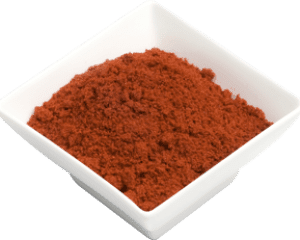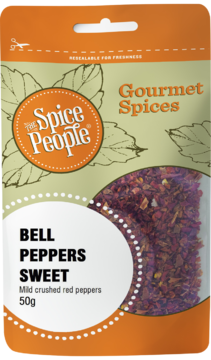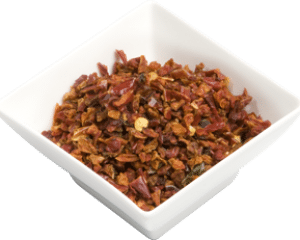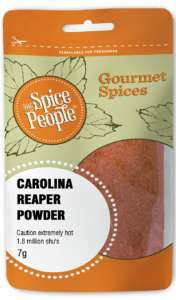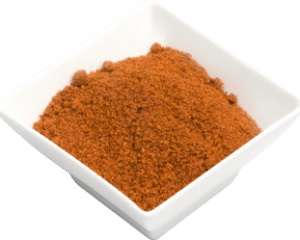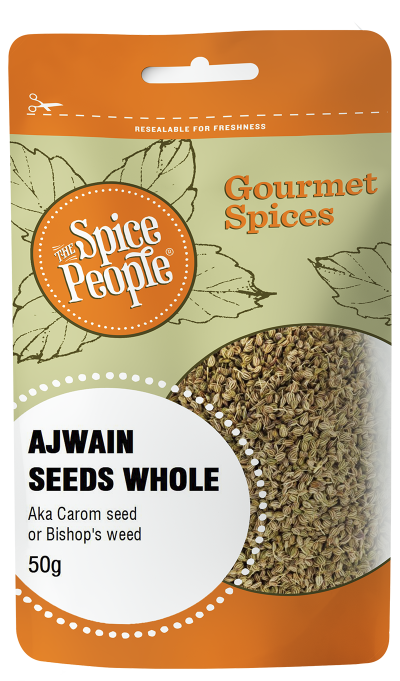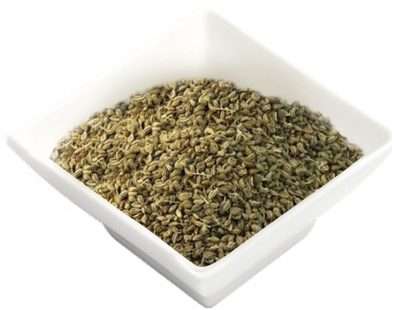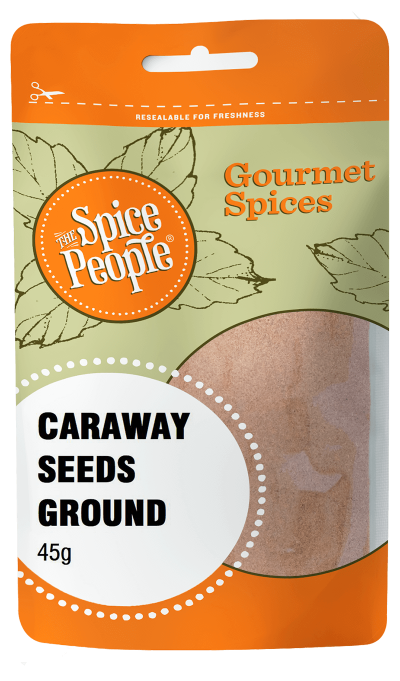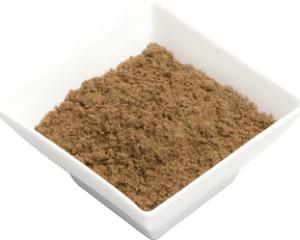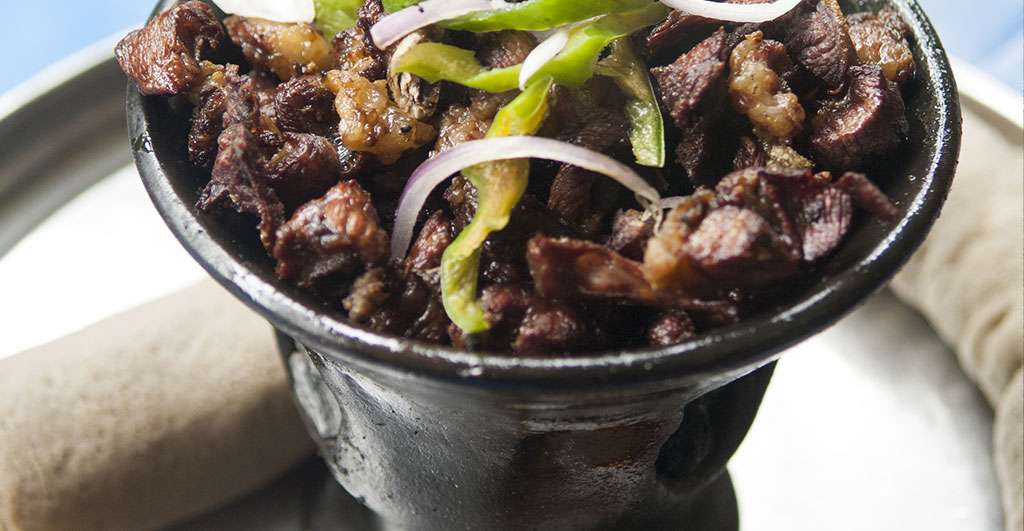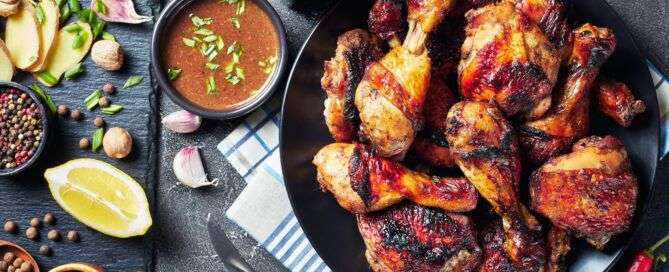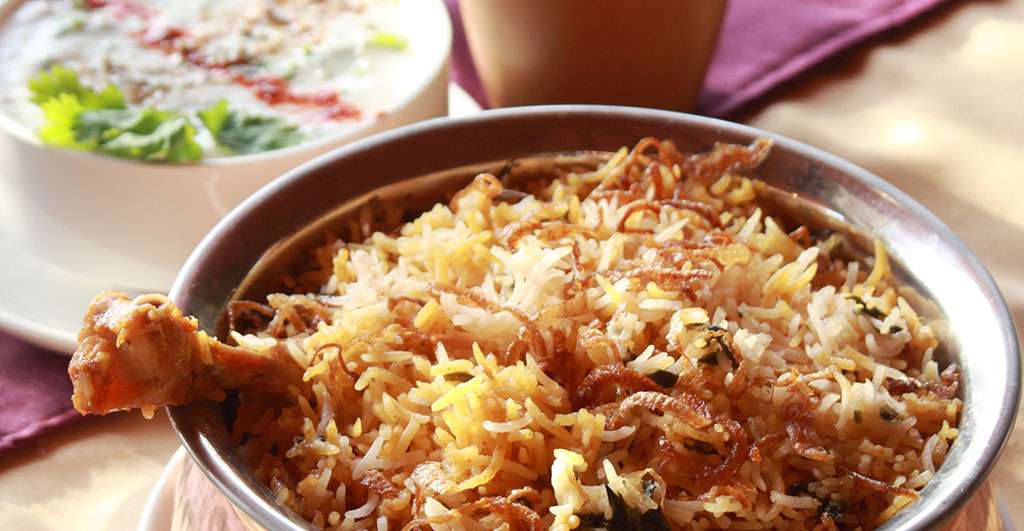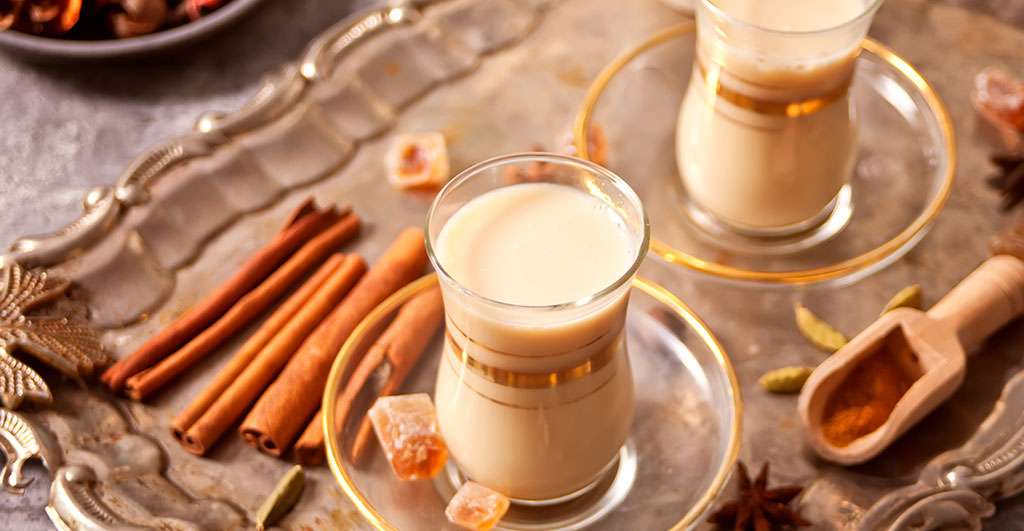Chilli Kashmiri Ground – Mild – 55g
401 in stock
Product Description
The Kashmiri Chilli is a variety of chilli known for its intense red colour and lower heat rating, making it ideal to use in tandoori, butter chicken and rogan josh curries. They are dried and finely ground before adding to curries, soups, stews or even as a finishing sprinkle for a spicy heat. It is widely used especially in Indian cuisine, but also Mexican, Asian and Italian dishes.
Flavour Notes:
Kashmiri chillies are a popular milder chilli that imparts a great red colour to dishes. You can identify dry Kashmiri chillies by their medium size, cone shape, wrinkles, and dark red colour. Kashmiri chillies are very commonly ground into a powder before using to enable an even distribution of the chilli without compromising on flavour or aroma. By drying and grinding down the chilli peppers it adds a smokey caramelised flavour that fresh chillies tend not to have.
Culinary Notes:
Due to the mild flavour of the Kashmiri Chilli, it is ideal to use in tandoori, butter chicken and rogan josh curries. It is widely used especially in Indian cuisine, but also Mexican, Asian and Italian dishes. Kashmiri chillies are ideal when you want that mild zing and the enticing red colour but also moderate spiciness without the intense heat. We at the Spice People believe Indian savoury dishes are incomplete without a dash of Kashmiri Chillies Ground.
Health Benefits:
All chillies contain capsaicin which is known to have many health benefits including boosting the immune system, eliminating inflammation and aiding in weight loss.
Ingredients:
100% dried Ground Kashmiri Chillies
How to use

The Spice People FAQs


The Spice People FAQs

Other Spices you may like
Featured in



Join the Spice People to Get Started on Your Culinary Spice Journey!
Be the first to hear about our exclusive promotions, new product releases, recipes and more.

